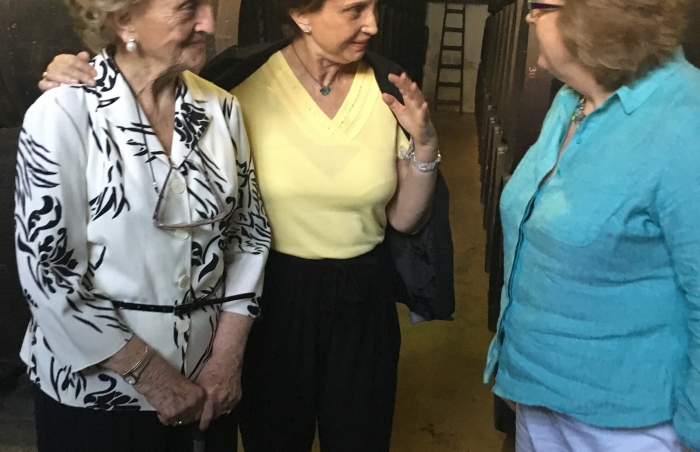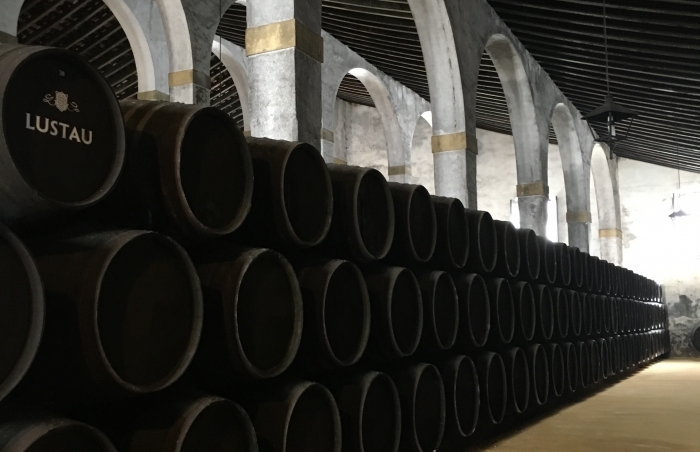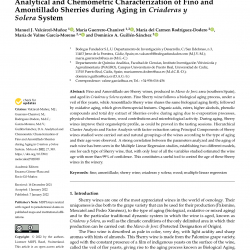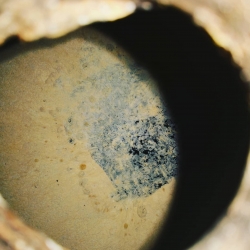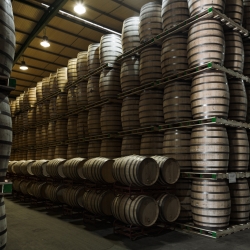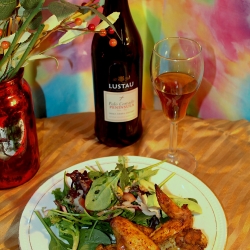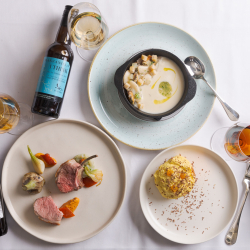The fall and rise of almacenistas
It was 1982 when I first met the Almacenistas. We made friends in the low light of a Jerez bodega. It has the usual damp yellow sand underfoot, the roof towering above, and row upon row of blackened butts stretching into the distance. The Almacenistas stood in a row in front of me, their family names ones that have subsequently became famous to Sherry lovers: names like Vides and Garcia Jarana. Of course, it wasn’t the actual Jerezanos themselves that I met, just the bottles named after them. Lustau had launched the Almacenistas the year before. Each one bore the Lustau brand on the label but also the name of the actual producer. It was easy to fall in love with them all!
‘Almacenista’ means warehouse or wholesaler. These family businesses have historically matured Sherries in their own cellars, sometimes also making the base wine, most often buying the must. They don’t sell into the market, or export.
While they may sell a small quantity to local customers at the bodega, the almacenista business has been closely tied to the big companies, the Sherry shippers. In the days when Sherry was booming, the almacenistas were there to top up stocks if the shippers didn’t have enough. The added bonus was that they also provided wines with different characters. These could add complexity to the regular blend.
So while the almacenistas had been an integral part of the Sherry business for a long time, Lustau’s was the clever idea was to reveal their identities and create a specialist collection. Over the years since 1982, the range has changed. Some of the producers have turned into shippers themselves (more of this below).
I was fascinated by the wines, their original character, and their history. When I came to write my dissertation in 2006 for the Master of Wine qualification, it was obvious that I would choose to write about the people I had discovered in the darkened bodega all those years before. My specific topic was the contribution they make to the quality of Sherry. Naturally enough the dissertation involved a blind tasting of almacenista wines.
What I soon found was that there was very little reference material available. So the core of the research was in-depth interviews. However this wasn’t easy as a number of businesses preferred not to reveal anything about themselves or their finances. I’m forever grateful to those who took part; many understandably felt happier to speak off the record. Cesar Saldaña at the Consejo Regulador was terrifically generous with his time and fact checking, as was Beltran Domecq, who is currently President of the Consejo.
As I discovered in the research, almacenistas were equally important in Madeira and Oporto in their day. The problem for today’s families is that the business has changed out of all recognition with the fall in consumption. They cannot rely on a solid business of regular sales to the shippers. Fortunately a rule change helped their viability. Until the mid 1990s a bodega had to hold a minimum stock of 12,500 hectolitres of Sherry to get a license to bottle/ship/sell. In 1996, this minimum was reduced to 500 hl. At last, the almacenistas could start to bottle and ship under their own labels. The wider world could discover their hidden world.
Among the more recent ‘converts’ from almacenista to shipper you can visit today is Gutiérrez de Colosía, a rare remaining bodega in Puerto de Santa Maria, who were also a great help in my research into the history of the region. El Maestro Sierra is another former almacenista, a wine that was in that initial Lustau range, but has now flown the nest to become independent.
Never has the Sherry triangle been more exciting.
Though the number of almacenistas has shrunk, at last they are getting the recognition they deserve. Lustau started that process, and for the last 17 years their winemaker Manuel Lozano took excellent care of these separate collections, ensuring their preserved their individuality and qaulity. His great achievement was recognised in being awarded ‘Fortified Winemaker of the Year’ no less than seven times at the International Wine Challenge. Sadly he died suddenly last year.
The Lustau collection continues, and other producers are launching their own limited editions. Sherry, once that venerable, unchanging wine, has discovered a new energy: almacenista selections, vintage wines, en rama, single vineyard wines. Never has the Sherry triangle been more exciting.
To read more in this series of guest blogs, click here.
The views and opinions expressed in this article are those of the authors and do not necessarily represent those of El Consejo Regulador.


24 November 2016


